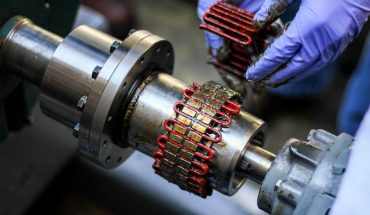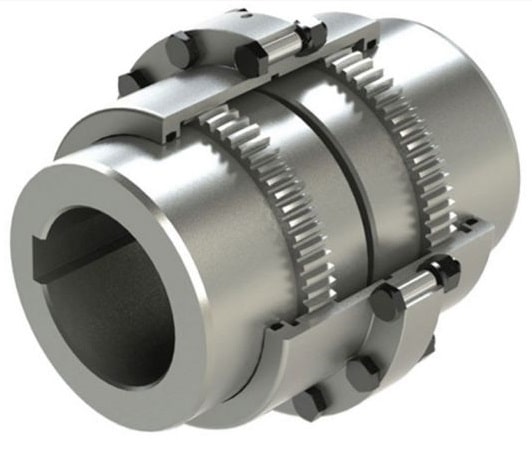
How to Understand Mechanical Couplings
To link the rotating shafts of a driver and a driven piece of equipment, mechanical couplings are often utilized. For instance, they are used to join an engine to a compressor or the shaft of an electric motor to a pump. The first time someone hears the term “mechanical couplings- acoplamientos mecánicos,” he could find it unusual, imagine “self-locking couplings,” and assume that we are speaking to him in Chinese.
But when we think about it, the development of a mechanical function is actually nothing more than the accumulation of many rigid sets. We speak about machine components that expand transmission lines of axles or connect pieces of various axles while discussing the industrial, mechanical, or even automotive sectors. The mechanical connection design also helps to safeguard and maintain the structure more secure in some more complex systems.

Describe the mechanical coupler.
The reinforcing laps are replaced by it. We should be required to offer compression, tension, or modified tension lap lengths depending on the position in which we lap the reinforcement, as is common knowledge. We cannot prevent the lapping when we are executing the reinforcement curtailment. Additionally, the reinforcing congestion at joints gets worse according to the seismic detailings. These problems may be resolved quickly and easily using a mechanical coupler. We can lap the reinforcement on site or in the factory without giving standard lap lengths.
Why are mechanical couplers necessary?
- In several ways, it offers building additional advantages.
- It strengthens the stability of the building
- Technically superior
- Lapping reinforcements weren’t calculated
- It helps designers save some time.
- It lowers the price of materials.
- It decreases building time, decreases construction quality, and decreases congestion around the reinforcement.
- No cranks for reinforcing
Engineering specifications are increasingly favoring mechanical coupler connections over conventional lap splices, according to a recent trend. Reliability, consistency, and shown endurance are a few advantages of employing mechanical couplers. Learn more about mechanical couplers’ fundamentals and advantages by reading this article. Two parallel bars were often overlapped in traditional reinforcement connection techniques, with the overlap weight transfer mechanism utilizing the “bond” between the steel and concrete.
One bar’s load is transferred to the concrete, which is subsequently passed to another bar. The deformations (transverse ribs) on the surface of the reinforcing bar have a significant impact on the “bond.”
Mechanical Couplers’ Drawbacks
- Technical expertise in the area is necessary.
- High attention is needed, and the job must be well supervised. Joints of poor quality might cause structural problems.
Various Mechanical Coupler Types
For rebar, there are primarily two types of couplers.
- Pressure Couplers
- Couplers that compress
Couplers are primarily used to transport tensile tension. They do bear the compressive stresses, though. Additionally, couplers are frequently tension checked.


